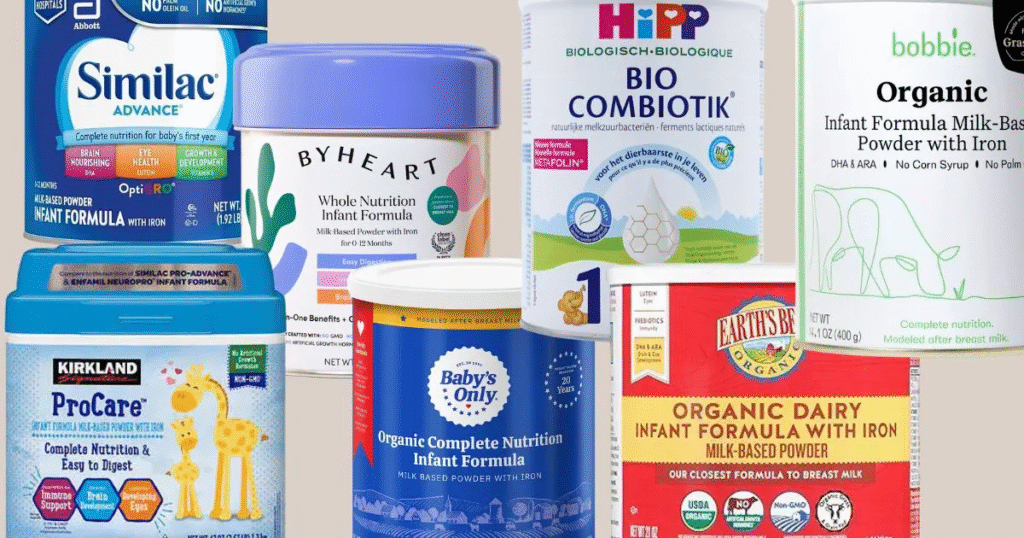
MannaCote is a controlled-release fertilizer that steadily supplies essential nutrients to plants, improving soil efficiency and boosting crop health.
MannaCote is widely recognized as a premium slow-release fertilizer designed to meet the nutritional needs of plants over an extended period. By gradually releasing essential nutrients, MannaCote reduces the risk of leaching and nutrient loss while promoting stronger root systems and healthier plant development. This makes it a preferred choice for farmers, landscapers, and gardeners seeking consistent plant performance and long-term soil health benefits.
Introduction to MannaCote Wonder
MannaCote is a Controlled‑release fertilizer that feeds plants gradually. The Polymer‑coated granules release nutrients over time. This supports Root development and Moisture retention in soil. It’s eco‑friendly and trusted by gardeners, landscapers, and nurseries.This article explores real facts about MannaCote, from soil benefits to DIY tricks. You’ll learn about Slow‑release nutrients, Eco‑friendly plant care, and how it works in greenhouses or containers. Read on to discover why this Depot fertilizer is a game changer.
How MannaCote Works
MannaCote uses a Biodegradable coating that controls NPK nutrients (Nitrogen, Phosphorus, Potassium). It reacts to Temperature and moisture activated changes in soil. That way, it provides Long‑term nutrient release gently.
This method avoids overfeeding and keeps fertilizer working for months. It supports Soil enrichment without harming beneficial microbes. It even provides important Trace elements (Iron, Magnesium, Zinc) slowly.
Big Benefits at a Glance
- Low leaching / nutrient runoff keeps waterways safe.
- Seasonal plant nutrition all year long.
- Safe at high temperatures – ideal for summer heat.
- Colored granule identification makes dosing easy.
- Works well as Seed coating alternative in nurseries.
Why Choose Slow-Release Nutrients?

Slow-release nutrients feed plants steadily. This helps roots thrive and prevents nutrient spikes. It improves overall plant health and yield.
In gardens and farms, it supports Sustainable agriculture. It also reduces fertilizer use. For container gardening, it’s a reliable choice with minimal fuss.
Eco-Friendly Plant Care
MannaCote fits clean gardening ideals. Its coatings are non-toxic and degrade in soil. That means no harmful residues.
It also aids Moisture retention in soil, reducing watering needs. This conserves water and keeps plants healthy during dry spells.
Ideal Uses: Gardens, Nurseries & Greenhouses
MannaCote works in:
- Gardens and landscaping
- Greenhouse/container use
- Nurseries and plant starts
Its steady feeding is ideal for flowering plants, vegetables, lawns, and ornamentals in pots.
Application & Fertilizer Dosage Guide
Follow these simplified steps:
- Check plant size and type.
- Match with recommended dosage.
- Apply evenly on soil surface.
- Water gently to activate.
- Top up every 3–6 months.
This Fertilizer dosage guide helps prevent over or under‑feeding. It fits both amateurs and professionals.
Empowering Root Development
Regular feeding gives roots steady energy. That results in deeper, stronger root systems. Healthy roots mean healthy shoots and blooms.
This also helps plants resist stress like heat and drought. Long-lasting nutrition builds resilience over time.
Real-World Results in Landscaping
Landscapers love MannaCote for shrubs and turf. It cuts maintenance time and ensures lush green lawns.
Nurseries find it ideal for seed starts and container plants. The Colored granule identification makes it easy to use at scale.
MannaCote vs Other Fertilizers
| Type | Nutrient Release | Cost | Eco‑friendliness |
| Traditional | Quick release (1–2 weeks) | Low | High runoff risk |
| MannaCote | Slow-release (3–6 months) | Moderate | Low runoff |
MannaCote wins for long-term use, safety, and environmental care.
Is It Pet‑Safe & Multi‑Use?
Yes. The formula is Pet‑safe / multi‑use product. It can even be used for DIY uses (crafts, skincare, pets).
Its granules dissolve slowly, making them safe around kids and pets. Always store securely in a cool, dry place.
DIY and Skincare Uses
Some creative gardeners use MannaCote for home projects. For instance, tiny planting pods or homemade Skincare & hydration scrubs. The granules dissolve slowly and moisturize.
This shows its versatility beyond agriculture. It’s a fun twist for DIY fans and eco‑minded homeowners.
Environmental Impact & Sustainability
MannaCote uses biodegradable coatings and limits nutrient runoff. This protects waterways and soil life.
It aligns with Sustainable agriculture goals by reducing waste and promoting soil health. It’s a choice that balances productivity with responsibility.
Temperature, Humidity and Film Coating
The fertilizer reacts to heat and moisture. It metabolizes faster in warm, wet soils. In cold conditions, it slows down.
This Temperature and moisture activated system guarantees proper feed timing. Farmers and gardeners gain control without manual adjustments.
Colored Granule Identification
Different colors correspond to formulas or nutrient ratios. Green, red, or brown granules show NPK blends.
This coding makes it simple during DIY use or large landscape jobs. No guessing or measuring mistakes.
Choosing the Right Formula

MannaCote comes in many blends for lawns, shrubs, trees, vegetables, or flowers. Each blend contains tailored Trace elements (Iron, Magnesium, Zinc).
Make your choice based on plant type, growth stage, and climate. Consult the label for the best match.
Conclusion: Is MannaCote Right for You?
MannaCote is a smart choice for any gardener or grower. It supports Eco-friendly plant care with steady Slow-release nutrients.It enriches soil, boosts root growth, and reduces waste. Whether you’re using it in nurseries, greenhouses, or home gardens, it simplifies plant feeding.Final thought: it’s a trusted, sustainable step forward. Choose MannaCote and nurture thriving, resilient plants.
FAQs
Q1. What is MannaCote used for?
MannaCote is used as a controlled-release fertilizer that provides plants with balanced nutrition over time.
Q2. How does MannaCote improve plant growth?
It gradually releases nutrients, ensuring plants receive a steady supply of essential elements for stronger growth.
Q3. Is MannaCote suitable for home gardening?
Yes, this fertilizer can be used in both commercial farming and home gardening for flowers, vegetables, and ornamentals.
Q4. What makes MannaCote different from regular fertilizers?
Unlike traditional fertilizers, it offers slow-release technology that minimizes nutrient loss and improves efficiency.
Q5. How long does MannaCote last in the soil?
Depending on the formulation, it can feed plants for several months with a single application.
Q6. Can MannaCote reduce fertilizer runoff?
Yes, its controlled release helps reduce leaching and runoff, making it more eco-friendly.
Q7. Is MannaCote safe for all plants?
It is safe for most plants when applied correctly, but recommended dosages should be followed.
Q8. Where can MannaCote be purchased?
It is available through agricultural suppliers, gardening centers, and select online retailers.
Q9. How should MannaCote be applied?
It can be mixed into the soil or applied around plant roots, depending on crop requirements.
Q10. Is MannaCote organic?
While highly efficient, it is not strictly organic but is designed to be environmentally sustainable.



